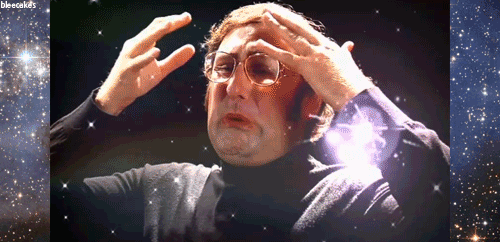
The Cloisters proved to be a facinating experience– for many of us Art History students, Mid-evil art is a bit “old hat” by the this point in our student careers. However, today’s walking tour reminded me there is always something new to know, no matter how old the art is 🙂
For example: it is easy to overlook that the Romanesque style extended beyond architecture. Like all time periods in art history, it permeated all areas of life at the time, including belief systems which translated into painting and sculpture as well as architecture.
Some characteristics are visible in this representation of Christ on the Cross:
1). Christ’s feet are uncrossed, and four nails are used to hold him to the cross. (Not the typical crossed feet and 3 nails: one through each palm and one through both feet–a representation that is adopted later on).
2). Christ’s facial expression does not reflect any pain. The suffering of Christ is not something registered in the body of Christ at this time–not yet. For now, this is an abstract body–a representation of Christs divinity. He is not yet “human.” It isn’t until the Renaissance that the passion of Christ reflects his humanity, and Catholics begin to identify with him in that way.
3). No wounds are present on the body–further evidence from the above.
Another interesting lens from which to view the passion of Christ and the stations of the cross: Queer theory– which (among other issues) discusses the interest in Christs wounds– the examination of them and the relationship between this, gender, and degradation- Further reasearch is needed here– but this is facinating stuff, for sure.
–Melissa Hand.

























